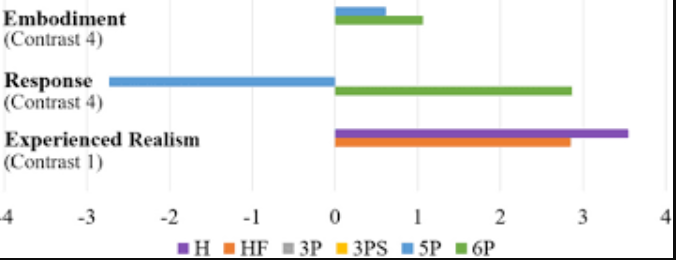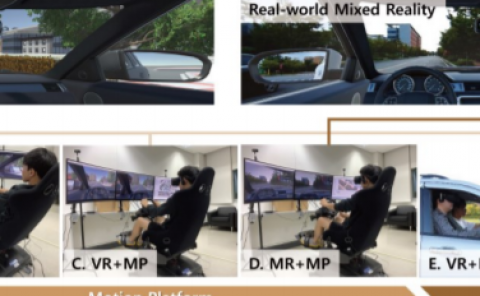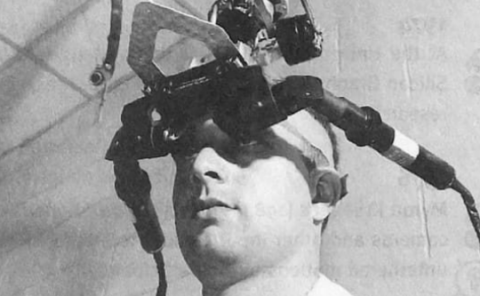Evaluation of the impact of different levels of self-representation and body tracking on the sense of presence and embodiment in immersive VR
PubDate: May 2021
Teams: INESC TEC;Universidade de Trás-os-Montes e Alto Douro
Writers: Guilherme Gonçalves, Miguel Melo, Luís Barbosa, José Vasconcelos-Raposo & Maximino Bessa

Abstract
The main goal of this paper is to investigate the effect of different types of self-representations through floating members (hands vs. hands + feet), virtual full body (hands + feet vs. full-body avatar), walking fidelity (static feet, simulated walking, real walking), and number of tracking points used (head + hands, head + hands + feet, head + hands + feet + hip) on the sense of presence and embodiment through questionnaires. The sample consisted of 98 participants divided into a total of six conditions in a between-subjects design. The HTC Vive headset, controllers, and trackers were used to perform the experiment. Users were tasked to find a series of hidden objects in a virtual environment and place them in a travel bag. We concluded that (1) the addition of feet to floating hands can impair the experienced realism (p=0.039), (2) both floating members and full-body avatars can be used without affecting presence and embodiment (p>0.05) as long as there is the same level of control over the self-representation, (3) simulated walking scores of presence and embodiment were similar when compared to static feet and real walking tracking data (p>0.05), and (4) adding hip tracking overhead, hand and feet tracking (when using a full-body avatar) allows for a more realistic response to stimuli (p=0.002) and a higher overall feeling of embodiment (p=0.023).



